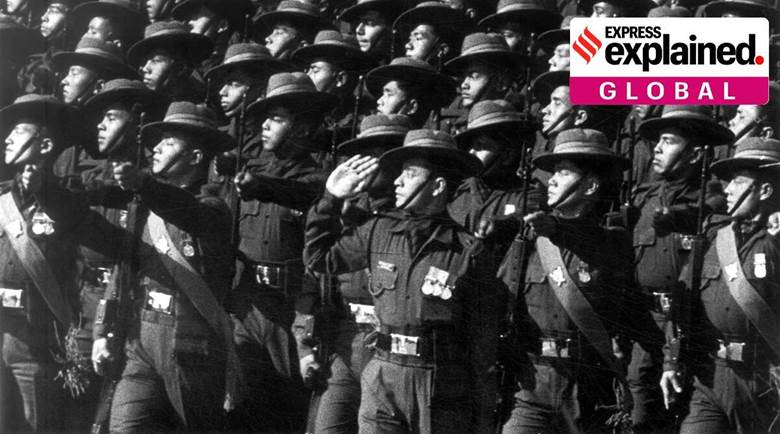Free Courses Sale ends Soon, Get It Now


Free Courses Sale ends Soon, Get It Now



Copyright infringement is not intended
Context: Nepal has postponed the recruitment rallies which were to be held in that country to recruit Gorkha soldiers for the Indian Army under the Agnipath scheme.
Who are Gorkhas?
© 2024 iasgyan. All right reserved